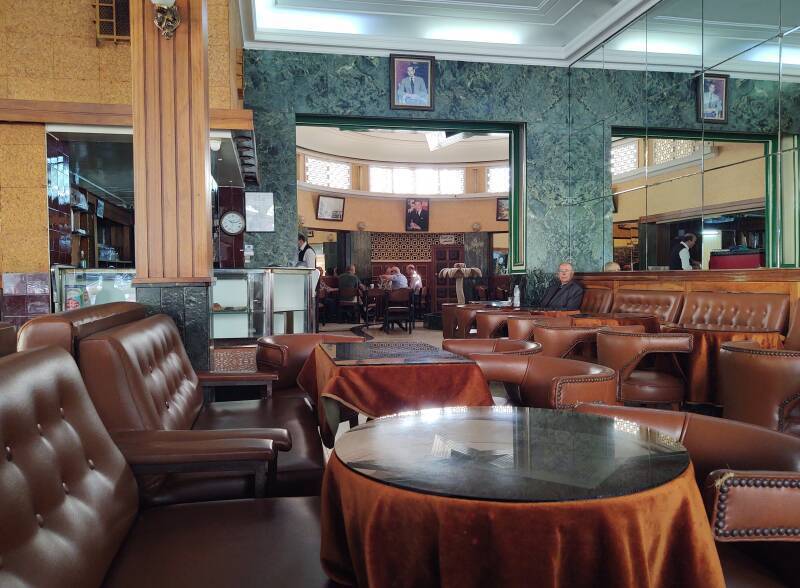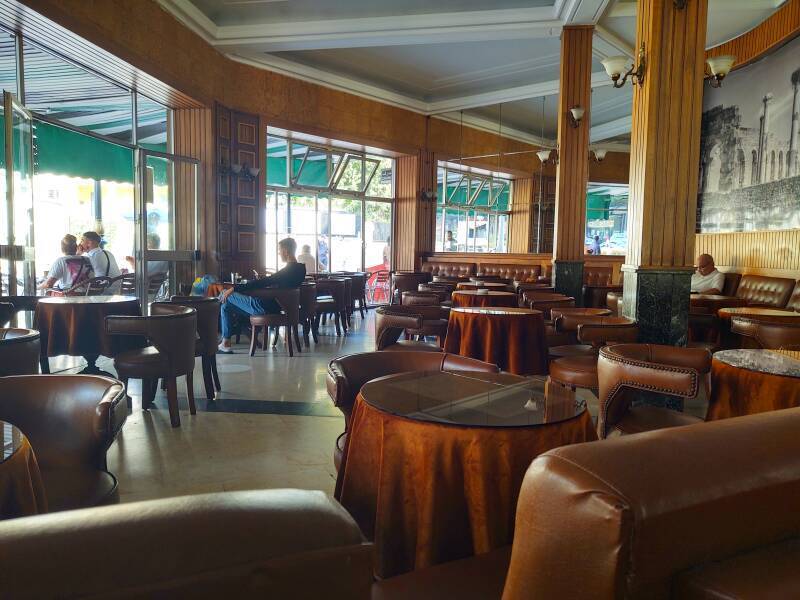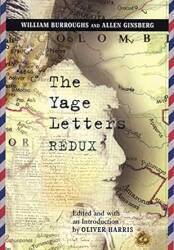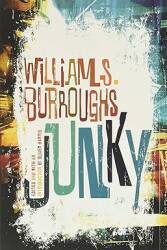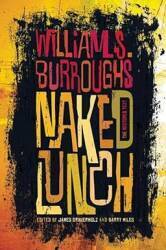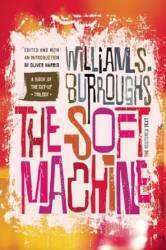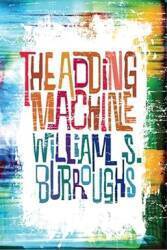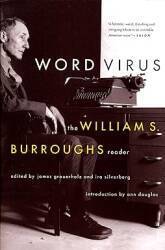
The Beat Generation in Tangier
In Tangier with the Beat Generation
The Beat Generation was a group of writers
who influenced American culture
over the two to three decades following World War II.
Their works explored and explicitly depicted fringes of the
human condition and experiments with drugs and sex.
The core group met around Columbia University in New York City
in 1944, and most ended up in San Francisco by the mid 1950s.
In the 1960s they and their works became part of
the larger counter-cultural movement.
The best known examples of their work appeared
in the mid to late 1950s with
Allen Ginsberg's
Howl
in 1956,
Jack Kerouac's
On the Road
in 1957,
and William S. Burrough's
Naked Lunch
in 1959.
The last of those was written in Tangier
and finished with the help of Kerouac and Ginsberg.
Here's a view over the port and
the Strait of Gibraltar opening into the Atlantic Ocean
from near where Burroughs lived in Tangier.
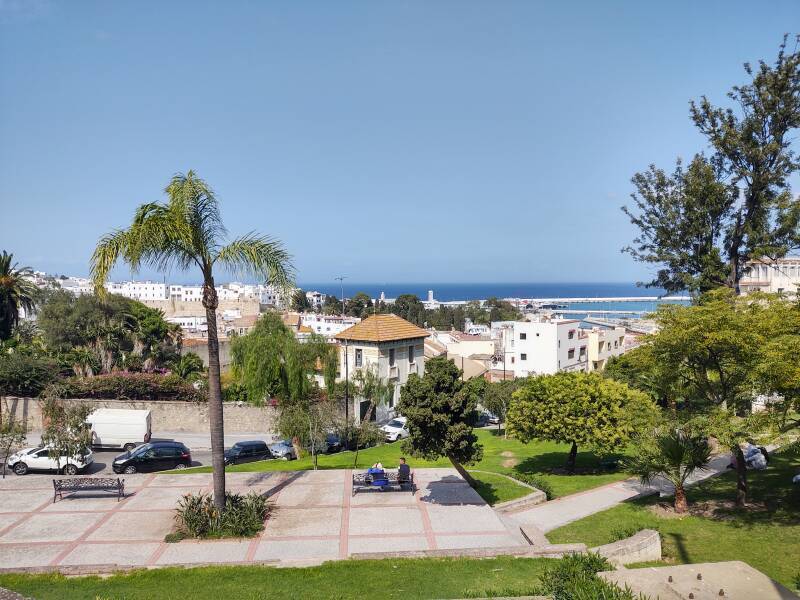
Burroughs in Tangier
Paul Bowles first visited Tangier in 1931. He moved there in 1947 and remained until his death in 1999. For most Americans, if they were aware of Tangier at all, it was through his writing.
This included William S. Burroughs, the Gentleman Junkie, the elder statesman of the Beat Generation. He went to Tangier in 1953 after reading Bowles' fiction. According to the timeline in Bowles' Travels, a collection of his essays and travel pieces, Burroughs and Bowles met in Tangier in 1954.
Burroughs found that Tangier suited him. You could live there quite cheaply. Drugs and sex were easily purchased, especially in the southern part of the medina in Petit Socco, now reverting to its original name of Souq Dakhli. Burroughs initially stayed just a few months in 1953, but returned in 1954 and stayed until 1959.
Apparently Tangier remained pretty disreputable through the 1990s. King Mohammad VI has called for the illegal activity to be cleaned up. The aggressive faux guides, the touts and con men that even the Moroccans find annoying, are less of a nuisance than they once were. Below is the view from the balcony of the Fuentes guesthouse café over the Gran Café Central in Souq Dakhli, where Burroughs spent time and purchased drugs and sex.
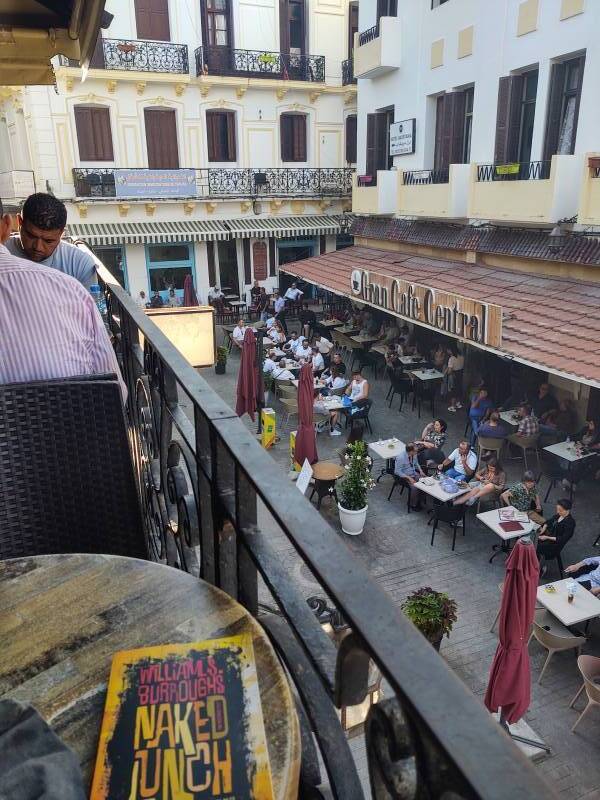
Burroughs was writing a large volume of text which he referred to at times as "the Word Hoard", at times as part of a three-book sequence or a three-part book also including Junk and Yage, and at times as "Interzone", his term for a hallucinatory view of the Tangier International Zone.
Junk was originally published in 1953 after Ginsberg had encouraged Burroughs to write it, and then served as his editor and publishing agent. The Yage Letters was first published in 1963. It's based on Burroughs' notes from a seven-month trip through South America in search of yagé or ayahuasca, and letters he wrote to Ginsberg from that trip. On the side, because Junk royalties were less than one cent per book, Burroughs wrote some travel articles for magazines.

Oxycodone, a drug enjoyed by William S. Burroughs and Rush Limbaugh.
It's hard to describe his process of writing, because Burroughs has contradicted himself as to what happened. The story is made more vague and less trustworthy by his having been under the effects of a range of drugs including hashish, majoun (a confection of jam with cannabis seeds and kif, a coarse green powder produced from the cannabis plant), the semi-synthetic opioid oxycodone (then available as a German pharmaceutical named Eukodal), morphine, heroin, and other opium derivatives.
Burroughs further confused matters by being an autoplagiarist due to his "Word Hoard" approach. This included writing a large volume of letters which he then mined for ideas and content for "routines" or short vignettes that he worked into subsequent material in variously modified forms. The chaotic collection of material then mutated from week to week as Burroughs revised pieces and changed his mind (to the extent he had an opinion) about the order in which they should appear. In a letter to Ginsburg in 1954 Burroughs wrote, "Let's get on with this novel. Maybe the real novel is letters to you." I understand this. My friends who were subjected to a barrage of text messages with pictures and weird comments during my trip may have a sense of déjá vu if they read these pages. Some of the comments that occured to me at the time will have made their way into these pages.
If you read Naked Lunch make sure to get "the Restored Text", which contains an extensive Editors' Note plus appendices and additions written by Burroughs, and read those first, before starting the original content.
Burroughs begins "Deposition: Testimony Concerning a Sickness", an appendix included since the original publication in 1959, saying:
I awoke from The Sickness at the age of forty-five, calm and sane, and in reasonably good health except for a weakened liver and the look of borrowed flesh common to all who survive The Sickness... Most survivors do not remember the delirium in detail. I apparently took detailed notes on sickness and delirium. I have no precise memory of writing the notes which have now been published under the title Naked Lunch. The title was suggested by Jack Kerouac. I did not understand what the title meant until my recent recovery. The title means exactly what the words say: NAKED Lunch — a frozen moment when everyone sees what is on the end of every fork.
But then in "Afterthoughts on a Deposition", written in 1991 and appended to current editions, Burroughs wrote:
When I say I have no memory of writing Naked Lunch, this is of course an exaggeration, and it is to be kept in mind that there are various areas of memory. Junk is a pain killer, it also kills the pain and pleasure implicit in awareness. While the factual memory of an addict may be quite accurate and extensive, his emotional memory may be scanty, and in the case of heavy addiction, approaching affective zero.
As for the title, the real story is that Ginsberg was reading some of the material he had received from Tangier to Jack Kerouac. He stumbled over Burroughs' erratic typing and read "naked lunch" where the manuscript said "naked lust". Kerouac caught Ginsberg's reading error, and then contrived a potential meaning for it. The book contains plenty of content relating to lust, but nothing at all about lunch or any other meals.
Kerouac and Burroughs in TangierKerouac and Ginsberg went to Tangier in 1957, in response to Burroughs' frequent letters to Ginsberg. Kerouac went first, Ginsberg having bought him passage from New York to Tangier on the Yugoslavian freighter SS Slovenija. Ginsberg followed a few weeks later with his lover Peter Orlovsky, hoping to avoid the sexual liaison that Burroughs still longed for.
They helped Burroughs to retype material while integrating content from letters written in 1953–1956. Bowles stopped by from time to time, describing the scene in Burroughs' room with its floor covered by typed pages with dirty footprints on many of them. Kerouac wrote to friends about the cheap lodging, meals, and female Arab prostitutes. Kerouac left for London and New York, and Alan Ansen arrived from Venice to help.
Matters had become urgent because Ansen had gotten Maurice Girodias of Olympia Press in Paris interested in publishing Burroughs' book. Girodias wanted to see material. Burroughs knew that what he had needed a great deal of editing and organization, and he was continuously writing even more material.
Ginsberg wrote that "Burroughs shared with Paul Bowles a relishing of the surreal, exotic, non-contiguous, and scary aspects of this city in political flux, with the International Zone (what Burroughs had re-invented as Interzone) already annexed by the new Moroccan state." The former French Protectorate had become the newly independent Morocco in 1956, with the Tangier International Zone well on its way to its full re-integration into Morocco by 1960.
Below, the view from Café Tinjis at the west end of Souq Dakli, looking down the length of the souq toward the lane leading past the medina's main mosque and on toward Bab Dar Dbagh and the port. Tinjis or Tingis was the ancient name for Tangier, dating back to when it was an important Carthaginian port.
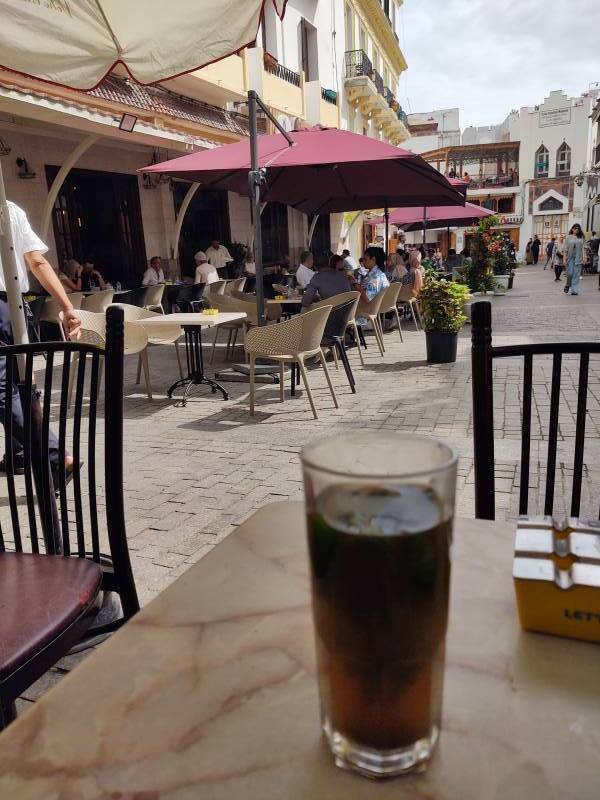
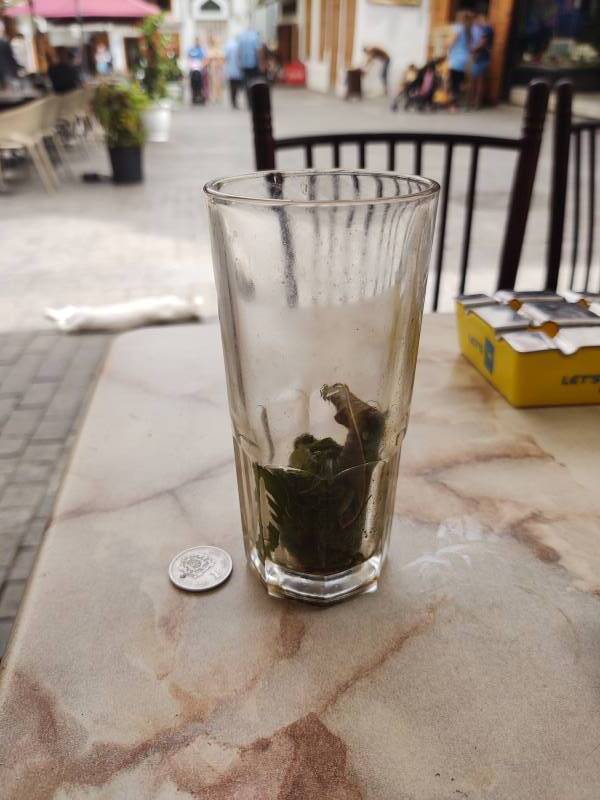
The sweet mint tea is finished, it's time to move on. As it was for Burroughs.
The project moved to Paris in the fall of 1959, to what came to be called the Beat Hotel in the Latin Quarter. Tangier had become dangerous with the political unrest in the final year of the International Zone, plus Burroughs' relationships with criminals. The British smuggler Paul Lund had been arrested under suspicion of importing narcotics into France. Burroughs had written, "I am attenuating my relationship with Lund and company. Too much of a bad thing." But it was too late, Lund had given the authorities a letter than Burroughs had written to him mentioning "Pushing a little Moroccan tea in Paris." Burroughs now faced related criminal charges in both Morocco and France.
But Burroughs finally had a publisher, if the material could be turned in on time. There's a story about how the rushed process imposed one last randomization on the order of the "routines", vignettes, or chapters. There may have been some change, but some of the pieces at or near the beginning and the end clearly belong there. The publication helped to get Burroughs a suspended sentence on the French smuggling charges, given the respect paid to a literary career in France.
Naked Lunch was banned in Boston in 1962, making it among the last works to be banned in that censorship-mad city founded by Puritans. That decision was reversed by the Massachusetts Supreme Judicial Court in 1966.
The "Word Hoard" collection lived on. Burroughs mined it for later novels including The Soft Machine.
Hotel el-Muniria
Guesthouses at Booking.comBurroughs lived at the hotel el-Muniria while writing most of the Naked Lunch material. It's on the steep slope leading down from Rue Jabha al Watania to Rue Magellan.
He described his presence there as being el hombre invisible to the locals. It's still a cheap place to stay, around US$ 20–25 per night. Although, in the 1950s that would get you a room for a month. The attached TangerInn bar is only open from 2200 to 0200.
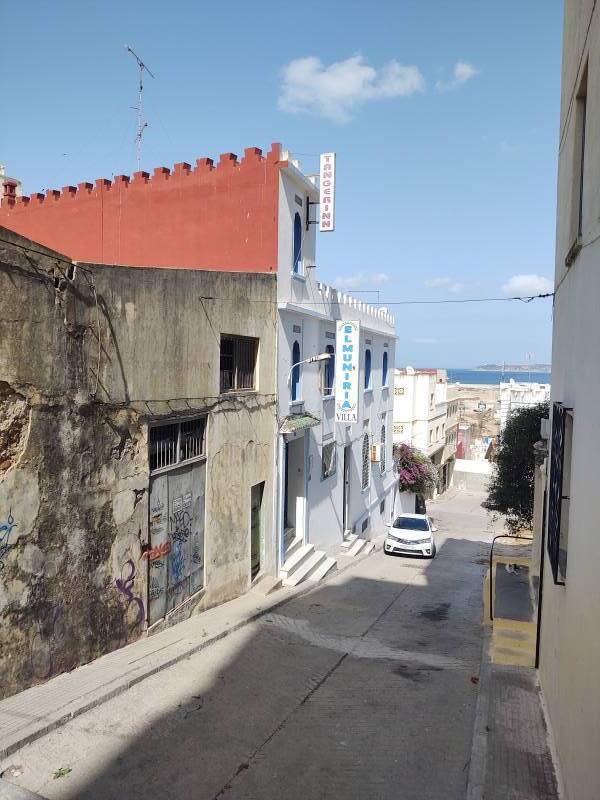

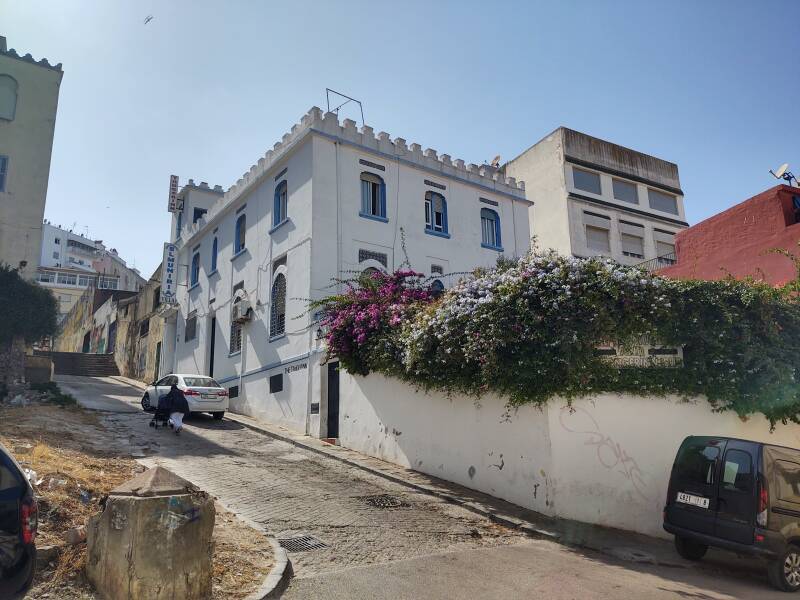
The neighborhood can be a little hazardous at night. If you decide to make a pilgrimage to the bar, approach and depart along the steep street leading up to Boulevard Pasteur. The narrow lanes down the hill are hard to navigate during the middle of the day. Rue Magellan, the next cross street down the hill, is dark in mid-afternoon.
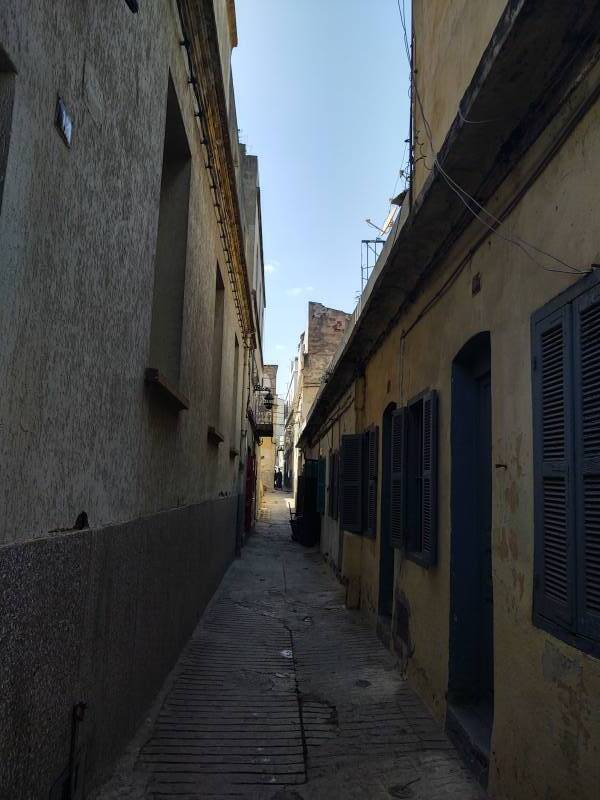
Librairie des Colonnes
The Librairie des Colonnes book store was established in 1949 as an outpost of the French publisher Editions Gallimard by a family of Belgian literature enthusiasts. It's at 54 Boulevard Pasteur, a steep climb then a short walk from Hotel el-Muniria.
It has been a home for literature in French, Arabic, Spanish, and English, with readings by authors and new book release events. In addition to Bowles and Burroughs, other literary figures who have been associated with it — Samuel Beckett, Truman Capote (friends with Bowles since 1948), Tennessee Williams (he and his lover Frank Merlo stayed with Bowles in 1949), Brion Gysin (met Bowles in 1938 and traveled with him through Morocco and Algeria in 1951), Patricia Highsmith, Mohamed Choukri, Jean Genet, and many others.
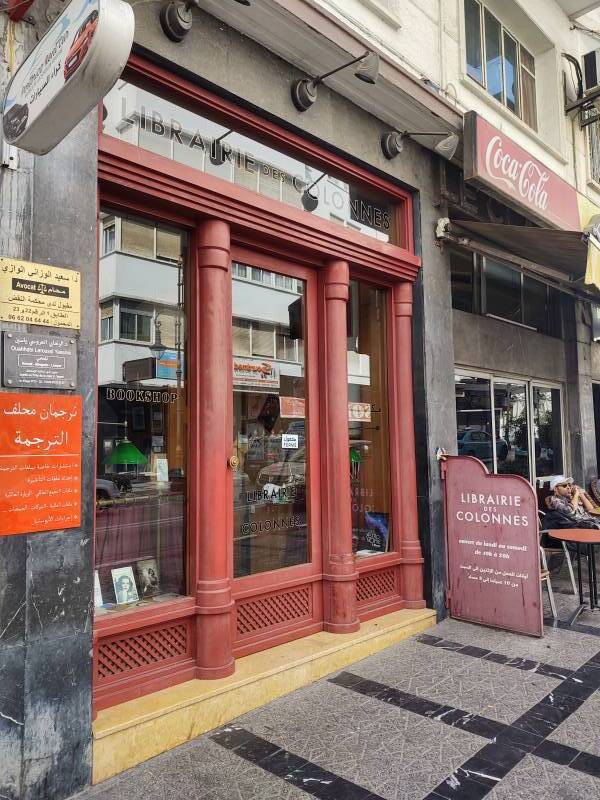
The book store organizes cultural events in association with Institut de France, Instituto Cervantes, and Goethe-Institut.
In 2006 the book store founded the literary magazine Najma. In 2010 they started a book publishing operation, Librairie des Colonnes Éditions, concentrating on Moroccan authors writing in Arabic and French.
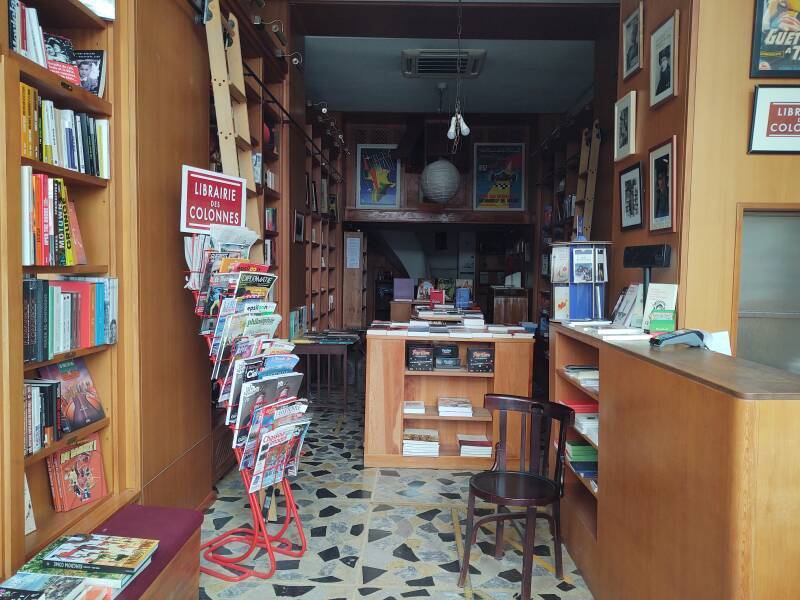
Then, continuing west down Boulevard Pasteur...
Gran Café de Paris
The Gran Café de Paris is on the traffic circle of Place de France at the west end of Boulevard Pasteur.
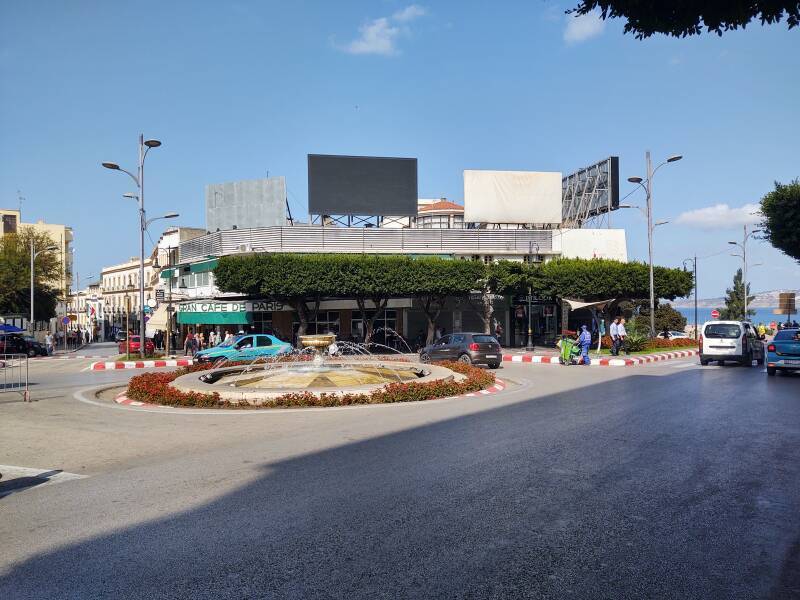
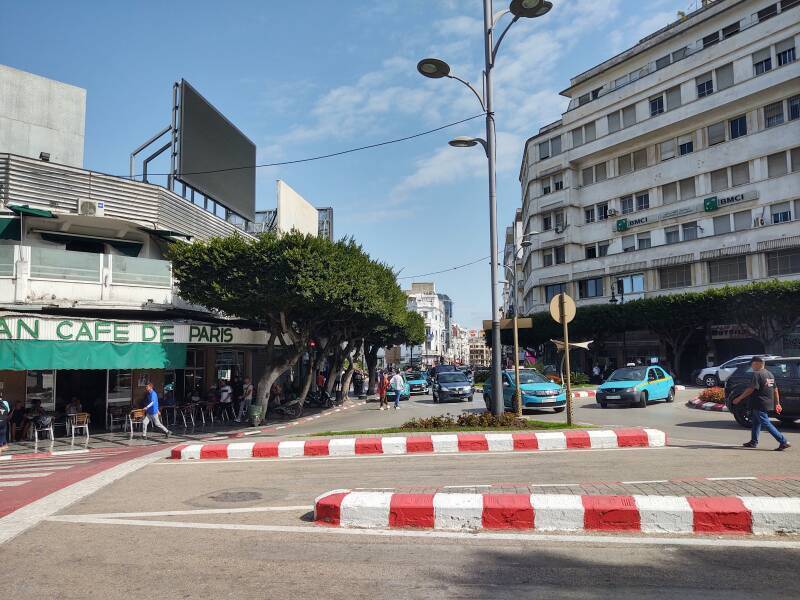
It's still very much as it was at its founding in 1927.
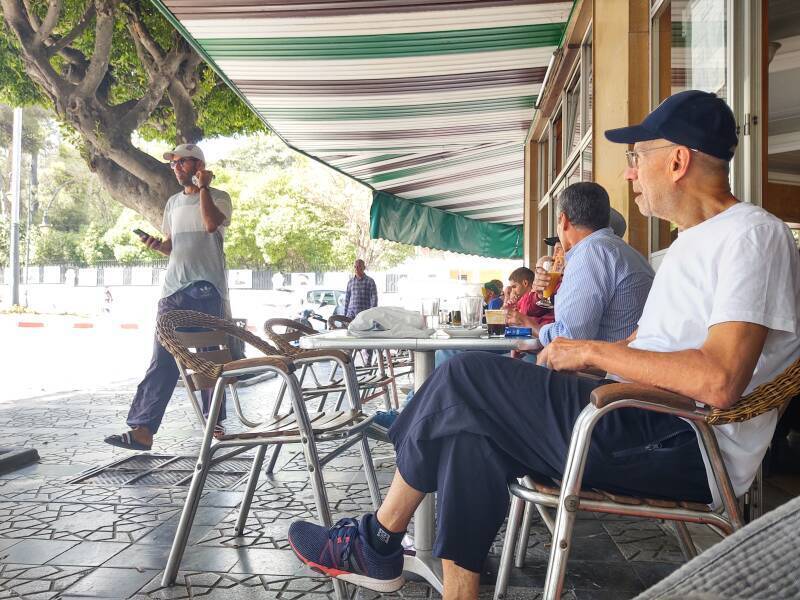
Inside, it's even more of a period piece.
